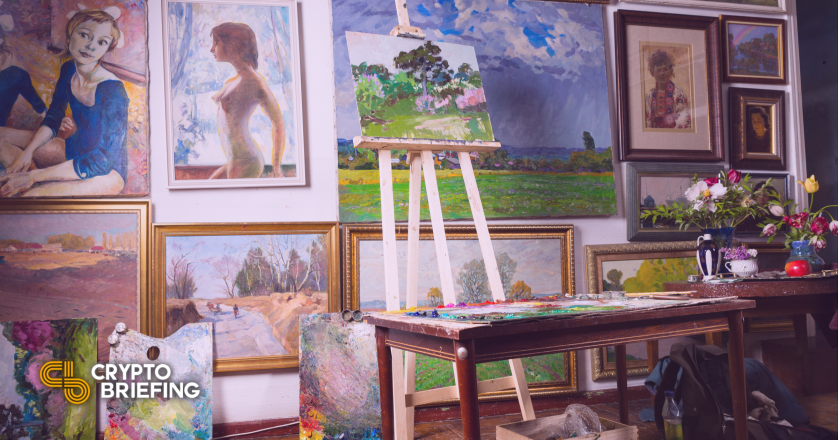IOTA Plans To Support NFTs, Tokenized Assets
A new Digital Asset Framework opens up the possibility to issue and swap assets on the IOTA network.

Key Takeaways
- IOTA team is hoping to achieve tokenization with a new Digital Assets Framework.
- Developers will now be able to create new tokens on top of the network.
- The framework will introduce colored coins, a way of customizing coins by embedding data in them.
Share this article
IOTA is adding support for tokenized assets through a new framework based on colored coins.
IOTA Aims for Tokenization
IOTA is making a move towards NFTs and other tokenized assets.
Known as the Digital Assets Framework, IOTA’s new feature hopes to enable developers to issue new tokens. The team’s announcement of the update made specific reference to NFTs.
The new framework will enable tokens via an innovation known as colored coins–a method of embedding data with coins on a UTXO-based blockchain.
Colored coins were first introduced for Bitcoin many years ago for issuing real-world assets on top of the blockchain.
For IOTA, the UTXO model initiated in the Chrysalis Phase 2 Update made this feature possible. The team said:
“With IOTA Digital Assets, we lay the groundwork for cross-network asset swapping with IOTA acting as a feeless bridge currency”
IOTA also shared the update on Twitter, making reference to “the biggest upgrade in IOTA’s history.”
The biggest upgrade in #IOTA's history will bring exciting new possibilities. With the #DigitalAssets Framework on IOTA, you can tokenize any asset with the same level of security, scalability and (no) fees as the IOTA token. https://t.co/DI1TC0cPt2#tokenization pic.twitter.com/iJZKk7Zr2l
— IOTA (@iota) February 18, 2021
The team says that using the digital assets framework of issuing assets via colored coins would also enable a bridge with other cryptocurrencies.
Furthermore, colored coins on IOTA would advance the ability to create non-fungible tokens (NFTs) on the network. In one GitHub post, IOTA wrote:
“A color is a globally unique property of a minted token, therefore, if there is only one token ever minted with that particular color, it becomes an NFT”
The team will onboard the framework during the Chrysalis migration in March, the most elaborate upgrade in the project’s history.
The move towards tokenized assets like NFTs was doubtless inspired by one of crypto’s leading projects, Ethereum. In addition to facilitating the NFT boom, the second-ranked blockchain is also the leading smart contracts platform. IOTA has only recently begun to embrace smart contracts and oracles.
The project has drawn much criticism over the years, particularly after a major wallet hack in February 2020. Detractors pointed to the lack of security and innovation on the Tangle.
Questions have also been raised over whether IOTA has sufficient funds to continue operation; it was one of many to suffer during the prolonged post-2017 crypto bear market. In December, the project announced that the IOTA Foundation would be splitting with its founder David Sønstebø, citing “actions [that] were not aligned with what the Foundation stands for.”
Disclosure: The author did not hold crypto mentioned in this article at the time of press.
Share this article
